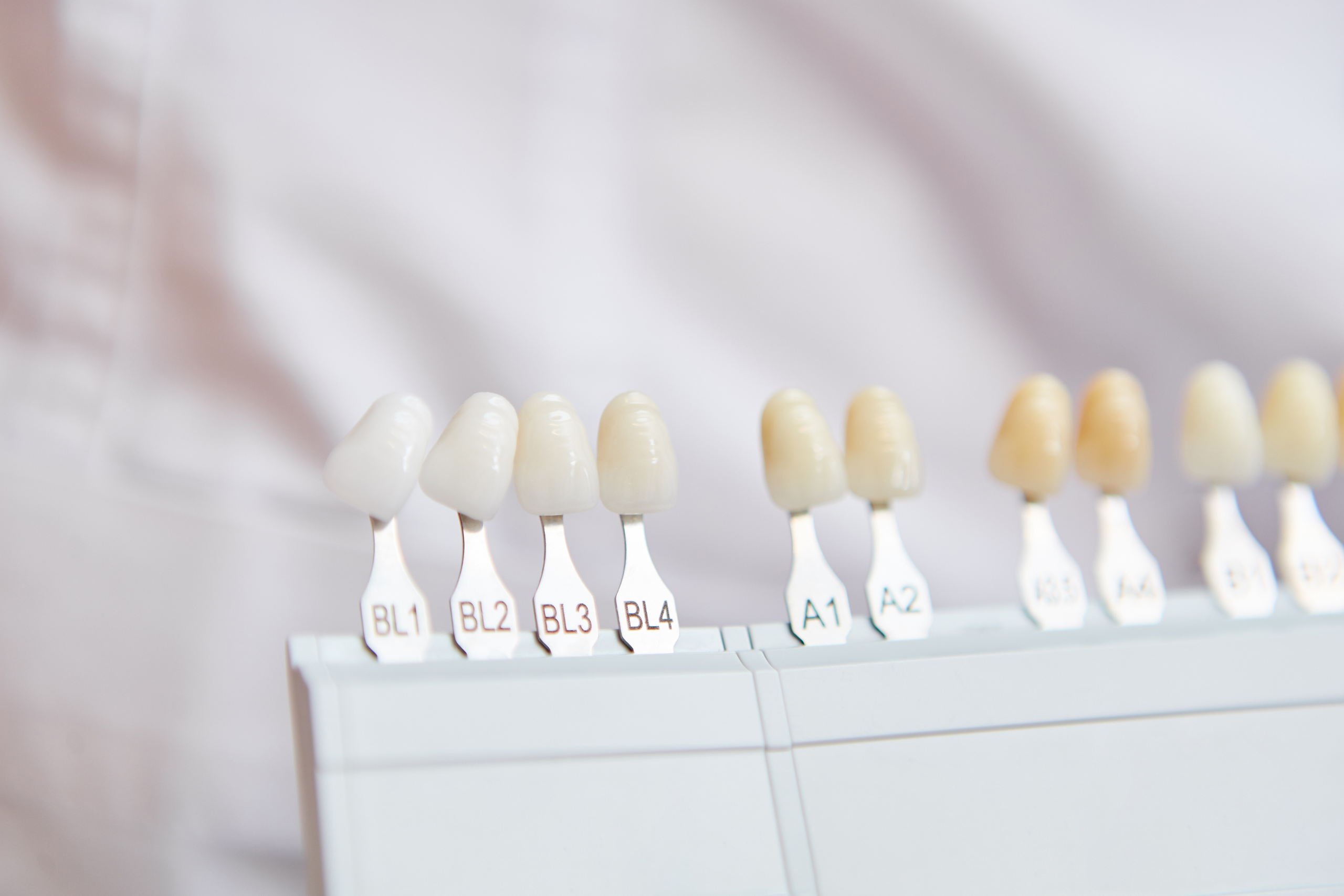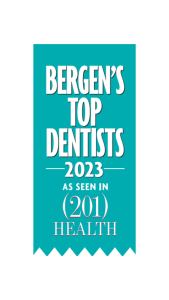A bright, white smile is often seen as a symbol of health and confidence. However, tooth discoloration can dim that sparkle, leaving many wondering why their teeth aren’t as radiant as they’d like. If you’ve noticed your teeth turning yellow, brown, or even gray, you’re not alone—this is a common concern for people of all ages. Understanding the causes and solutions for tooth discoloration can empower you to take control of your oral health and restore your smile’s natural brilliance.
In this blog, we’ll dive deep into the reasons behind tooth discoloration, explore practical teeth-whitening solutions, and offer tips to prevent future staining. Whether it’s lifestyle habits, genetics, or something else entirely, we’ve got you covered with expert insights and actionable advice.
Understanding Tooth Discoloration: What’s Happening to Your Teeth?
Tooth discoloration isn’t a one-size-fits-all issue—it’s a complex condition with varying causes and appearances. Teeth naturally range from off-white to slightly ivory, but external and internal factors can shift their shade over time. To fully grasp the causes of tooth discoloration, it’s helpful to know the three primary types:
- Extrinsic Staining: This occurs on the enamel—the hard, outer layer of your teeth. It’s typically linked to surface-level culprits like coffee or tobacco and results in yellow teeth or brownish tooth stains.
- Intrinsic Staining: This affects the dentin, the softer layer beneath enamel, and often stems from internal factors like medication or injury, leading to deeper discoloration such as gray or brown hues.
- Age-Related Discoloration: A blend of extrinsic and intrinsic changes, this type emerges as enamel thins with age, exposing the yellower dentin and compounding years of staining.
Each type requires a tailored approach, which we’ll explore later. But first, let’s dive into the detailed causes of tooth discoloration to pinpoint why your smile might not be as bright as it once was.
Common Causes of Tooth Discoloration
- Diet and Lifestyle Choices
What you eat and drink plays a significant role in the color of your teeth. Dark-pigmented foods and beverages like coffee, tea, red wine, and berries are notorious culprits for yellow teeth. These items contain chromogens—compounds that cling to enamel and cause stained teeth over time. Acidic foods, such as citrus fruits or soda, can also erode enamel, making teeth more prone to staining.
Smoking or chewing tobacco is another major factor. The nicotine and tar in tobacco products leave behind stubborn brown or yellow stains that are difficult to remove without professional help.
- Poor Oral Hygiene
Neglecting proper brushing and flossing allows plaque and tartar to build up, leading to tooth stains. When plaque hardens into tartar, it can take on a yellowish or brownish hue, further contributing to tooth discoloration. Regular dental cleanings and good oral habits are essential to combat this issue.
- Medications and Medical Conditions
Certain medications, like tetracycline antibiotics, can cause intrinsic staining, especially if taken during childhood when teeth are still developing. This often results in gray or brown bands across the teeth. Other drugs, such as antihistamines or antipsychotics, may also darken teeth as a side effect.
Medical conditions like enamel hypoplasia (underdeveloped enamel) or dentinogenesis imperfecta (a genetic disorder affecting dentin) can lead to discolored teeth that appear yellow, brown, or gray from the start.
- Trauma or Injury
A blow to the tooth can damage blood vessels inside, causing the dentin to darken over time. This type of tooth discoloration often appears as a single gray or brown tooth rather than widespread staining.
- Aging
As we age, enamel naturally thins, revealing the yellowish dentin underneath. Combined with years of exposure to staining agents, this can result in yellow teeth or a generally dull smile. Age-related tooth discoloration is a normal process, but it doesn’t mean you’re stuck with it—there are solutions!
- Genetics
Your DNA can influence the thickness and color of your enamel. Some people are genetically predisposed to thinner enamel or naturally darker teeth, making them more susceptible to stained teeth or discolored teeth.
Effective Solutions for Tooth Discoloration
The good news? There are plenty of teeth whitening solutions and strategies to address tooth discoloration, ranging from at-home remedies to professional treatments. Here’s a breakdown of the most effective options.
1. At-Home Teeth Whitening Solutions
For mild tooth stains, over-the-counter products can make a difference:
- Whitening Toothpaste: These contain mild abrasives or low levels of peroxide to gently remove surface stains. Look for ADA-approved options for safety and effectiveness.
- Whitening Strips: These peroxide-based strips are applied directly to teeth and can lighten yellow teeth by several shades over a few weeks.
- Activated Charcoal: A natural remedy gaining popularity, charcoal can absorb surface stains, though its long-term efficacy is still under study.
While these methods are convenient and budget-friendly, they’re best suited for extrinsic staining and may not tackle deeper discolored teeth.
2. Professional Teeth Whitening
For faster, more dramatic results, professional teeth whitening solutions performed by a dentist are the gold standard. Options include:
- In-Office Whitening: Using high-concentration peroxide gels and sometimes laser or UV light, this treatment can brighten teeth by up to 8 shades in a single visit.
- Custom Take-Home Trays: Dentists provide tailored trays and professional-grade whitening gel for safe, effective use at home.
These treatments are ideal for stubborn tooth stains or intrinsic discoloration, offering long-lasting results when paired with good maintenance.
3. Dental Veneers or Bonding
For severe tooth discoloration that doesn’t respond to whitening—like tetracycline stains or trauma-related graying—cosmetic solutions may be the answer:
- Veneers: Dental Veneers – Thin porcelain shells placed over the front of teeth to mask stains and create a uniform, white smile.
- Bonding: A tooth-colored resin applied to cover discoloration, bonding is a less invasive and more affordable option than veneers.
These procedures are customized to your needs and can transform even the most challenging cases of discolored teeth.
4. Lifestyle Changes to Prevent Tooth Stains
Prevention is just as important as treatment. To keep your teeth bright and avoid future tooth discoloration:
- Limit staining foods and drinks, or rinse your mouth with water after consuming them.
- Quit smoking or using tobacco products.
- Brush twice daily and floss to remove plaque before it turns into tartar.
- Use a straw for dark beverages to minimize contact with your teeth.
5. Regular Dental Cleanings
Scheduling professional cleanings every six months removes tartar and surface stains that at-home brushing can’t handle. This proactive step keeps yellow teeth at bay and maintains overall oral health.
How to Choose the Right Solution for You
The best approach to tooth discoloration depends on its cause and severity. If your stains are surface-level and recent, at-home teeth whitening solutions might suffice. For deeper or long-standing discoloration, professional whitening or cosmetic options like veneers could be more appropriate. Consulting with a dental professional ensures you get a tailored plan that addresses your unique needs and goals.
Transform Your Smile with Expert Guidance
Tooth discoloration might feel like an inevitable part of life, but it doesn’t have to define your smile. By uncovering the causes of tooth discoloration—from dietary habits to genetics—and exploring the full spectrum of teeth whitening solutions, you’re equipped to make informed choices. Whether you’re battling yellow teeth with at-home remedies or seeking a dramatic overhaul with veneers, there’s a path to the radiant smile you deserve.
At Chestnut Ridge Dental, we’re passionate about helping you overcome tooth discoloration with tailored, state-of-the-art care. Our skilled dentists bring years of expertise to every treatment, whether it’s professional whitening, cosmetic bonding, or preventive advice.
Don’t let stained teeth dim your confidence—schedule an appointment today and let us guide you toward a brighter, healthier smile!
FAQs About Tooth Discoloration
Q: What’s the leading cause of tooth discoloration?
A: Extrinsic staining from coffee, tea, wine, and tobacco is the most common, followed by poor oral hygiene that lets tooth stains build up.
Q: Can all tooth discoloration be fixed with whitening?
A: Not always. Surface tooth stains respond well to teeth whitening solutions, but intrinsic discoloration (e.g., from medication or trauma) may need veneers or bonding.
Q: How long do professional whitening results last?
A: Typically 6 months to 2 years, depending on habits like smoking or drinking coffee. Maintenance with touch-up trays extends the effect.
Q: Are DIY whitening remedies like baking soda safe?
A: In moderation, yes—baking soda can reduce stained teeth, but overuse may erode enamel. Consult a dentist for safe usage.
Q: Why do some teeth turn gray instead of yellow?
A: Graying often signals intrinsic damage, like trauma or dead nerves, rather than surface tooth stains. It’s best evaluated by a professional.
Q: How can I prevent tooth discoloration as I age?
A: Minimize staining foods, maintain diligent oral hygiene, and visit your dentist regularly to keep yellow teeth and age-related changes in check.





